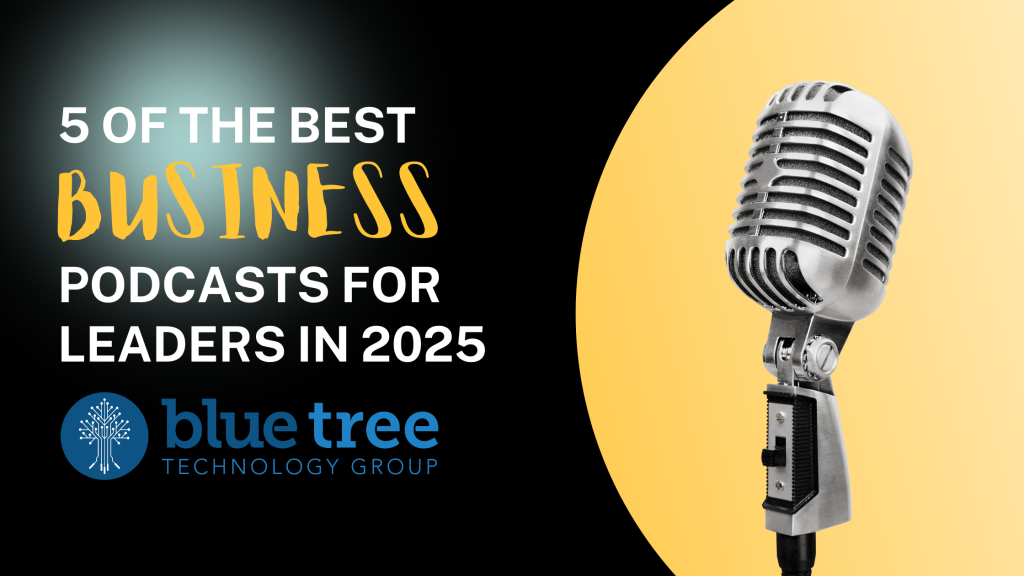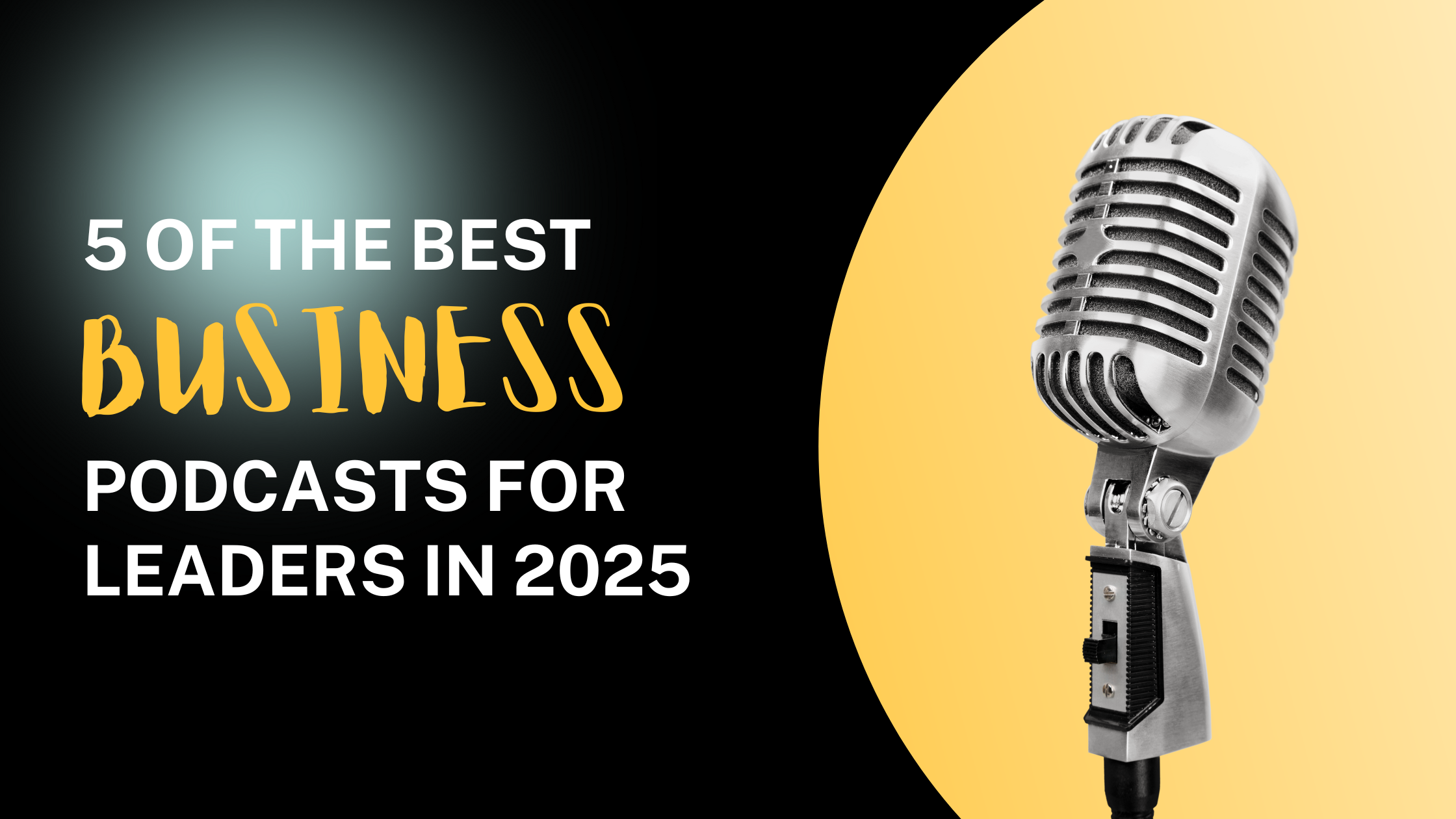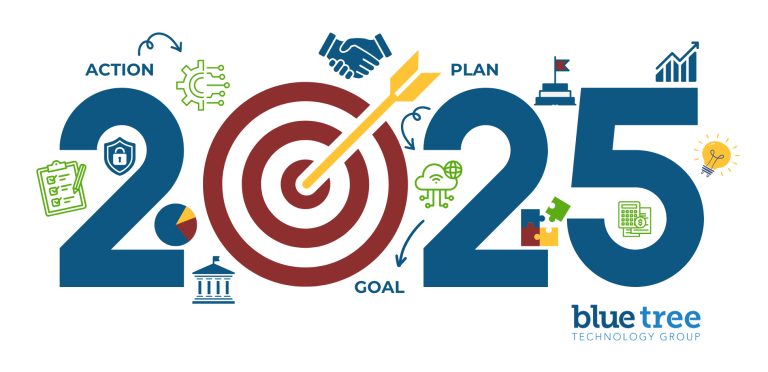
Podcasts are an incredible way to gain insights from top industry leaders, whether you’re looking to sharpen your leadership skills, understand business strategies, or explore the world of scaling and investments.
We’ve rounded up five standout podcasts that provide valuable takeaways for business professionals.
1. Coaching for Leaders
Host: Dave Stachowiak
Episode Length: 20–40 minutes
If you’re a business owner or professional looking to enhance your leadership and management skills, Coaching for Leaders is a must-listen. Hosted by Dave Stachowiak, this podcast features expert guests covering a wide range of topics, including effective communication, team dynamics, emotional intelligence, and decision-making.
With more than 700 episodes since 2011, Stachowiak has spoken with renowned experts such as professors from Cornell and Columbia, the former CEO of AT&T Business, and The 7 Habits of Highly Effective People author Stephen R. Covey. We especially love that the Coaching for Leaders website offers a free, searchable database to help listeners find episodes by topic.
Where to Listen:
• Spotify
• Apple Podcasts
2. Business Breakdowns
Host: Various industry experts
Episode Length: Around 60 minutes
Ever wondered how the world’s biggest companies operate? Business Breakdowns provides deep dives into well-known brands, covering their history, business model, financials, and culture. Each episode features company executives or relevant experts who share their insights into the strategies behind major corporations.
This year alone, the podcast has covered Sony, Nintendo, and luxury group Kering, whose CEO is François-Henri Pinault. Past episodes have broken down iconic businesses such as Rolex, Hermès, and even the National Football League. If you’re an entrepreneur looking for lessons from the best, this podcast delivers insightful takeaways every week.
Where to Listen:
• Spotify
• Apple Podcasts
3. The Silicon Valley Podcast
Host: Shawn Flynn
Episode Length: 30–60 minutes
Hosted by venture capitalist and startup expert Shawn Flynn, The Silicon Valley Podcast takes listeners into the heart of the tech world. Since 2018, Flynn has leveraged his experience working with investors, accelerators, incubators, and government leaders to bring insightful interviews with some of the most successful entrepreneurs, inventors, and investors.
Covering topics like venture capital, tech entrepreneurship, and startup funding, this podcast is a must-listen for anyone interested in the Silicon Valley ecosystem. With new episodes dropping every Wednesday, there’s always something fresh and relevant for business leaders to learn.
Where to Listen:
• Spotify
• Apple Podcasts
4. The Science of Scaling
Host: Mark Roberge
Episode Length: 12–30 minutes
Scaling a business is no easy feat, but The Science of Scaling aims to demystify the process. Hosted by Mark Roberge—Senior Lecturer at Harvard Business School, Co-Founder at Stage 2 Capital, and Founding CRO at HubSpot—this podcast uncovers the science behind scaling revenue and sales.
Each week, Roberge interviews top sales leaders in tech to break down what works (and what doesn’t) when it comes to growing a company. If you’re a founder, sales executive, or growth strategist, this podcast provides actionable insights in digestible, short episodes.
Where to Listen:
• Spotify
• Apple Podcasts
5. How I Built This with Guy Raz
Host: Guy Raz
Episode Length: 30–60 minutes
Hosted by the renowned journalist Guy Raz, How I Built This delves into the stories behind some of the world’s best-known companies. Each episode features interviews with founders and co-founders who share their journeys, challenges, and triumphs in building successful businesses.
Covering topics like entrepreneurship, business strategy, and innovation, this podcast is a treasure trove of insights and inspiration for entrepreneurs, startup enthusiasts, and anyone interested in the business world. Listening to these success stories provides valuable lessons and motivation, making it one of the top business podcasts of 2025.
Where to Listen:
• Wondery
• Spotify
• Apple Podcasts
These five podcasts offer fresh perspectives, expert strategies, and real-world lessons from top leaders. Whether you’re refining your leadership approach, exploring new business models, or staying ahead of industry trends, each episode provides valuable takeaways to help you grow and lead with confidence.
Plug in, listen, and keep learning from the best!




